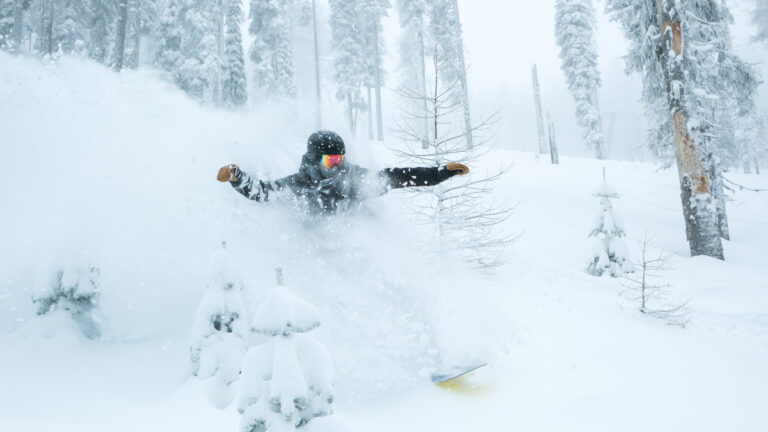She fills her pockets and her pack and her shirt and loiters long, too long, until our companions move on up the trail. Miles from here they will check their watches or the angle of the sun through the forest and, if they are in the know, shake their heads. Meanwhile, she slips a papery pod through her calloused fingertips.
“Too green,” she says.
Then she tests one more, peeling back the brown transparent husk, veins like parallel pen-and-ink strokes, fine and thin in the silhouette of the light.
“Just right,” she says.
She slips it into a baggie, then into a side pocket of her Carthartt shorts.
“Take only pictures, leave only footprints,” I say.
She shrugs and reaches for the next pod. I set my pack on the ground, retrieve a water bottle and sigh.
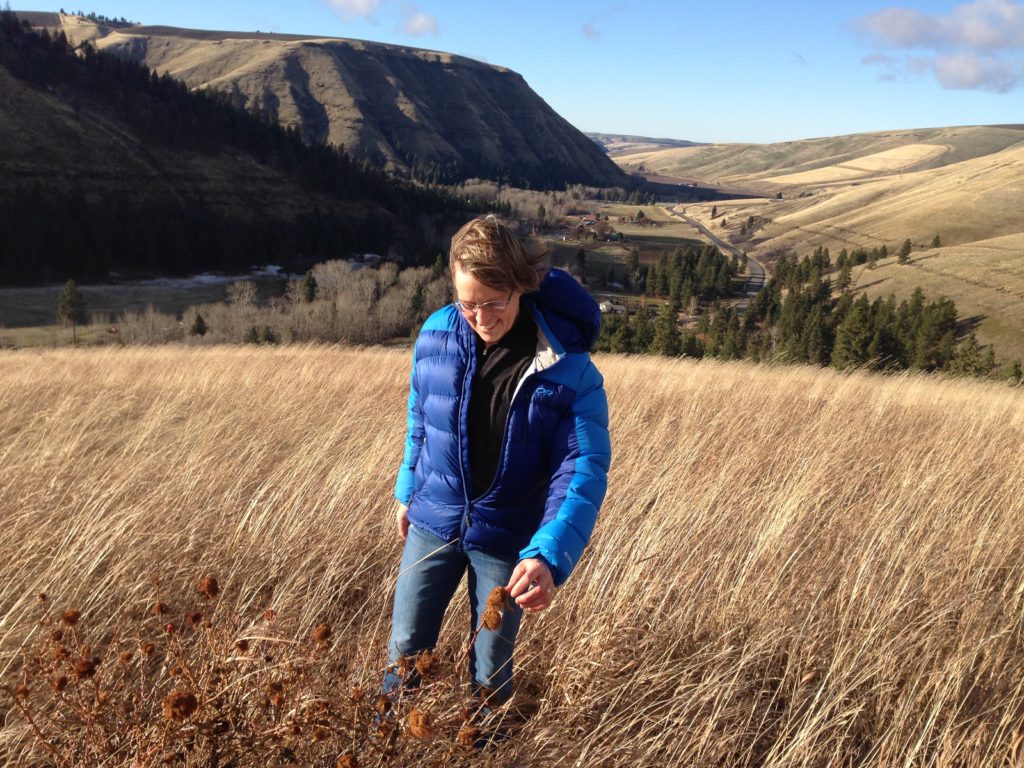
Sometimes we carry the Pojar. The full title is Plants of the Pacific Northwest Coast: Washington, Oregon, British Columbia & Alaska, compiled and edited by Jim Pojar and Andy MacKinnon, but Northwesterners who love native plants call it simply the Pojar. Like the Bible. Today’s booty is lupine. According to the Pojar, grizzlies favor Nootka lupine, and native tribes ate the roots, pit-cooked despite the fact that it’s chock-full of toxic alkaloids. (Don’t try this at home!) Blue and pea-like and ubiquitous, lupine also has roots thick as a forearm and stubborn as a two-year old at bedtime. That last part isn’t in the Pojar, but I’m here to tell you it’s true. We’ve tried transplanting. No luck. So now it’s the seeds. A neighbor bought fifty pounds of native lupine seed and offered us all we’d like, but she’ll have none of it.
“Why not?” I asked.
“I like to collect my own,” she said. “It’s my hobby.”
When she was a child she picked up rocks on the beach, every rock, and cried if she had to leave before she’d gotten them all, her parents say. I’ve heard diagnoses for this, both psychological and cultural, but I am not going there. She’s not obsessed; she’s infatuated. She’s been seduced by the stripping, the saving, the drying, then planting, then cultivating. Then waiting. Part of the magic is the waiting.
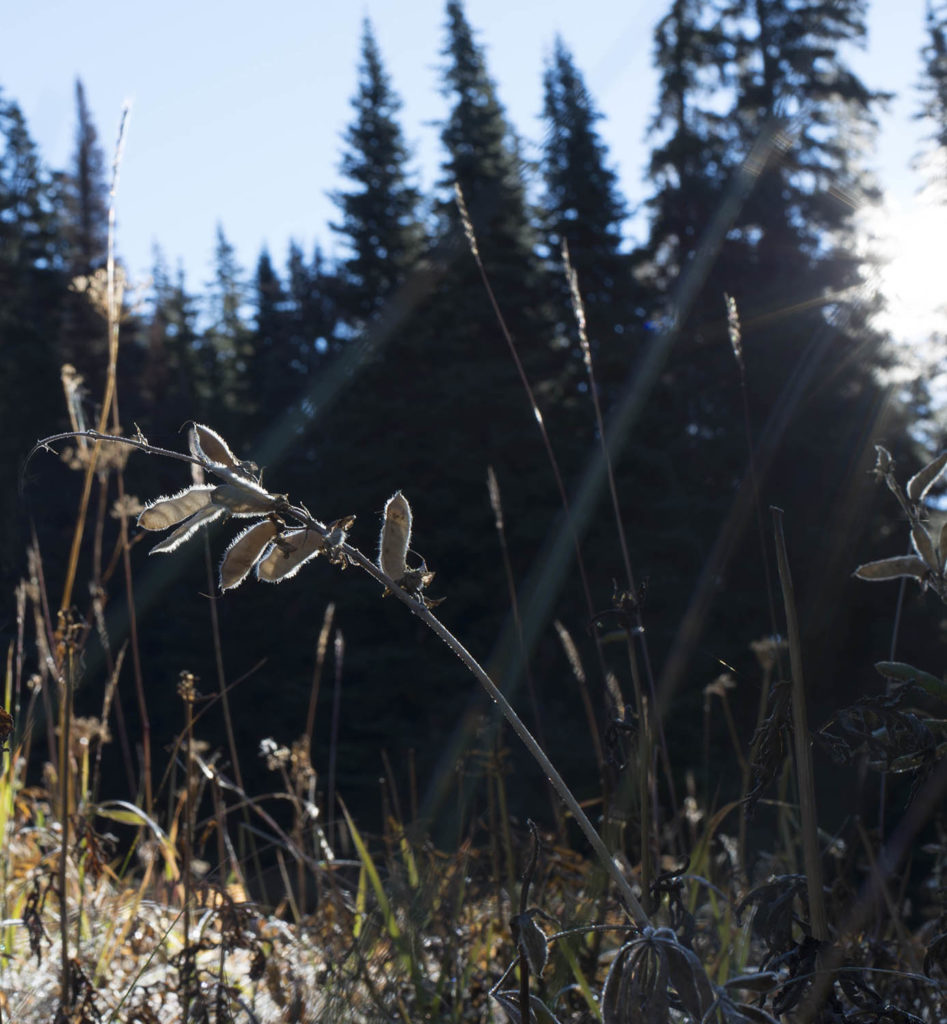
“Can we go now?” I ask.
“Not yet,” she says. “In a minute.”
At home, seeds stick to her pockets and her socks in the laundry; they overfill baggies, permanent marker labeled, on the radiant heat tiles in the bathroom, and paper sacks in the mud room, and sometimes jars in the freezer: chocolate lily, tiger lily, yarrow, phlox. And not just seeds. Three dozen pots line the side of the house, under the shed eaves to catch the rain. Each is filled with tiny Western red cedars, some not an inch tall, which formerly grew along a trail where they sprouted, five thousand of them, after a fire. She dug some up and packed them out.
Cedar, according to the Pojar, was used by natives for canoes, house planks, totem poles, paddles, baskets, clothing, dishes, ceremonial drum logs, and a variety of tools. Non-natives like us use it is for shingles, shakes, siding, boats (some things never change), caskets, closets. The leaf oil makes perfumes, insecticides, veterinary soaps, shoe polishes and deodorants. Valuable booty.
“Why’d you take the trees?” I asked.
“They’d be cleared eventually,” she argued. “They didn’t stand a chance.”
She should know. She started her life in the woods on a trail crew. Back then, she’d stop mid-work, tool in hand, while clearing brush from a trail into which wildflowers intruded, to strip the pods. Rescue, it was, pure and simple.
I tried this reasoning once in a distant national park.
“Could I have just this one seedling, please, the one that’s growing in silt in the culvert?” I asked.
The ranger stared.
“It will be cleared eventually,” I said.
“If you don’t want a ticket,” the ranger said, “you can buy one in the visitor center for thirty bucks.”
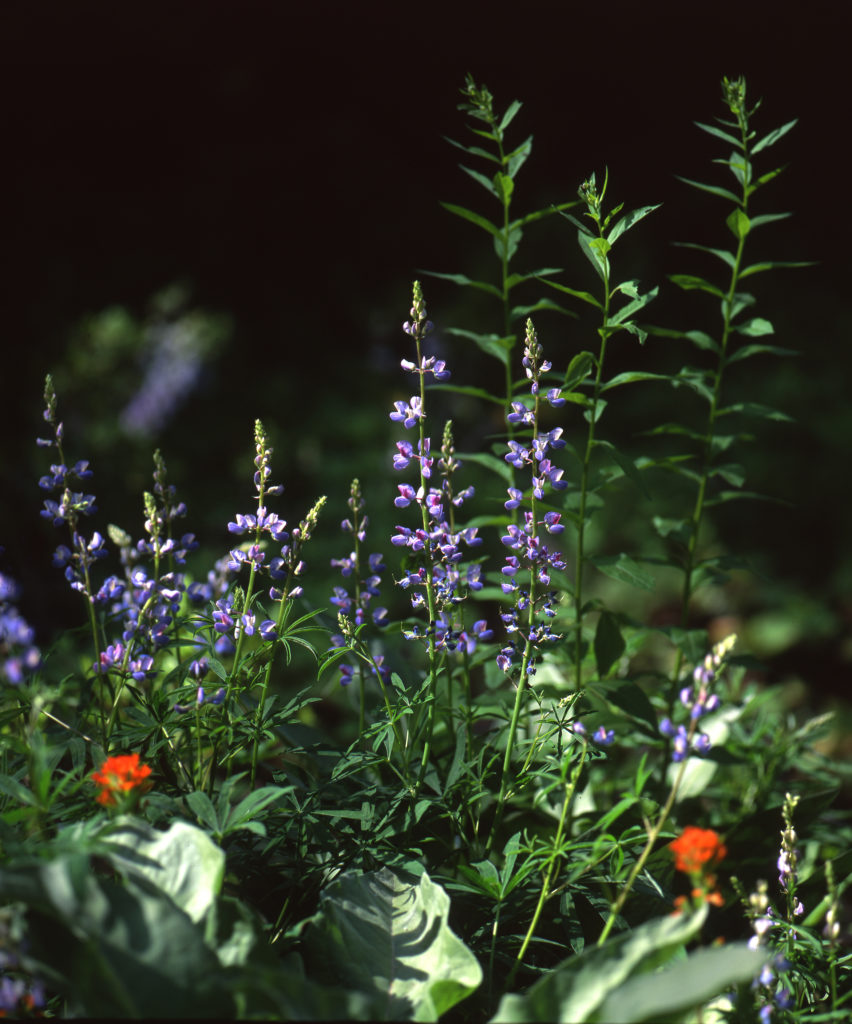
Out of town guests, coerced into an innocent hike with her, are likely to be corrupted straight away. Her brother once collected a baggie-full of red columbine seed. (The Quileute, according to the Pojar, chewed columbine leaves and spat them on sores. We do not.) He was sheepish and uncertain, not one for civil disobedience. But her passion is hard to resist, so he took them home to Seattle where he stuck them in pots in his garage and waited. Three years later, at his wedding reception, a small pot with a wildflower seedling sat at each guest’s table: the bounty from that trip. He and his new wife had found them and transplanted them and gifted them. This year ours had seventeen blooms
Oh, there’s more, plenty more. Once she dug a mountain hemlock and a larch from the edge of a backcountry fire ring with flat palm-sized rock and carried them out twenty miles in her backpack between dirty socks and Nalgene. She’s eased dogwood seedlings from irrigation ditches. Another book on our shelf, Propagation of Pacific Northwest Native Plants by Rose, Chachulski, and Haase, has no nickname, but our dog-eared copy does have this passage bracketed in ballpoint: “When transplanting, place Pacific dogwood in a ring of native shrubs to protect the lower trunk and branches from sunburn.” She did, and we now have a row of dogwoods on the path to our house, some taller than me. We also have three glorious Tiger Lilies right by our frost-free spigot, tiger lilies with shy nodding, sepals curved backwards orange with black spots. (Why not stripes?) The Pojar claims that Coast Salish people dried the bulbs and cooked them in soups with meat or fish.
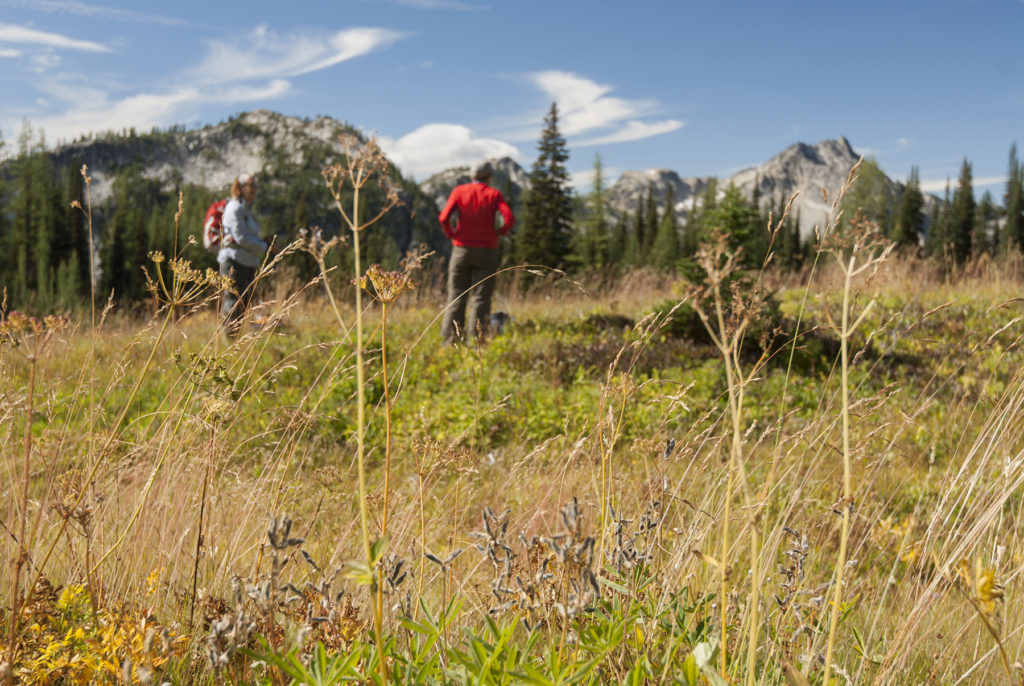
Why does she do it? When we built our cabin in the woods a decade ago we tore out a swath of forest. Maybe this is penance? I doubt it. We’ve also changed the climate of the earth, the two of us and the rest of our ever-growing clan, so maybe she’d claim that this is “assisted migration,” a way to salvage species that are displaced by climate change. Nah. She doesn’t move them far enough, a few miles perhaps, from public land to private, from one drainage to the next, walking distance always from our cabin, even if it’s a long walk. There’s no guilt involved, no high-minded-ness—the rescue argument, even, doesn’t hold much water since seeds disperse even when stalks are chopped—not even any symbiosis. The seeds don’t need us, and we don’t need them. We could buy native plants or, hell, hollyhocks. But there is something in the genes, I think, something she shares with the Coast Salish and the Quileute. What is it? I wonder. Something hard wired for survival, some deep connection to the earth?
I watch her stooped over a section of browned up lupine between rock talus and a blue lake, cupping a handful of lupines-to-be, funneling them into the baggie. At home, she’ll plant them and fence them and water them and coddle them, and she’ll keep a mental map of where each has come from. For now, she turns and throws her daypack over her shoulder and grins.
“Let’s go,” she says. It’s glee.
Ana Maria Spagna is a writer and former trails worker who lives–and runs, swims, hikes, skis, paddleboards, and shakes seeds from her wife’s pockets–in the North Cascades. Her most recent book is “Uplake: Restless Essays of Coming and Going.”












